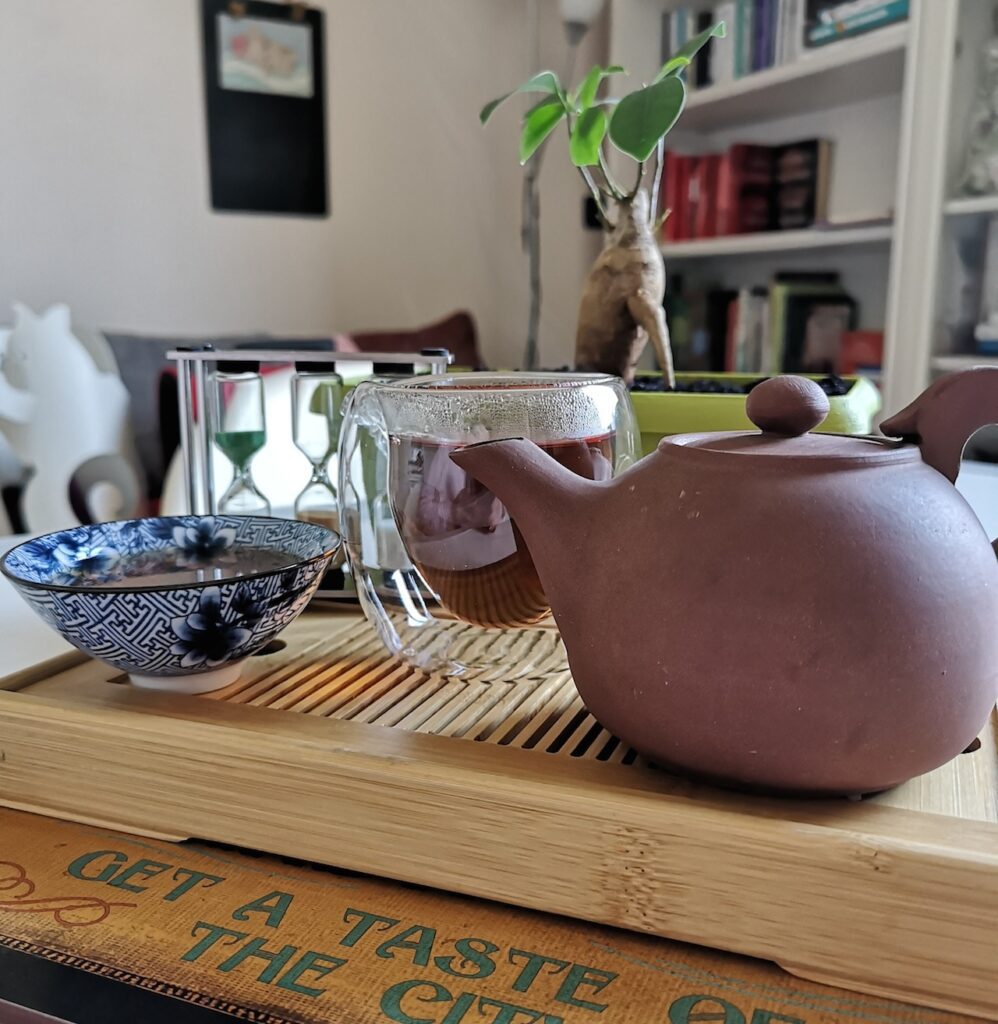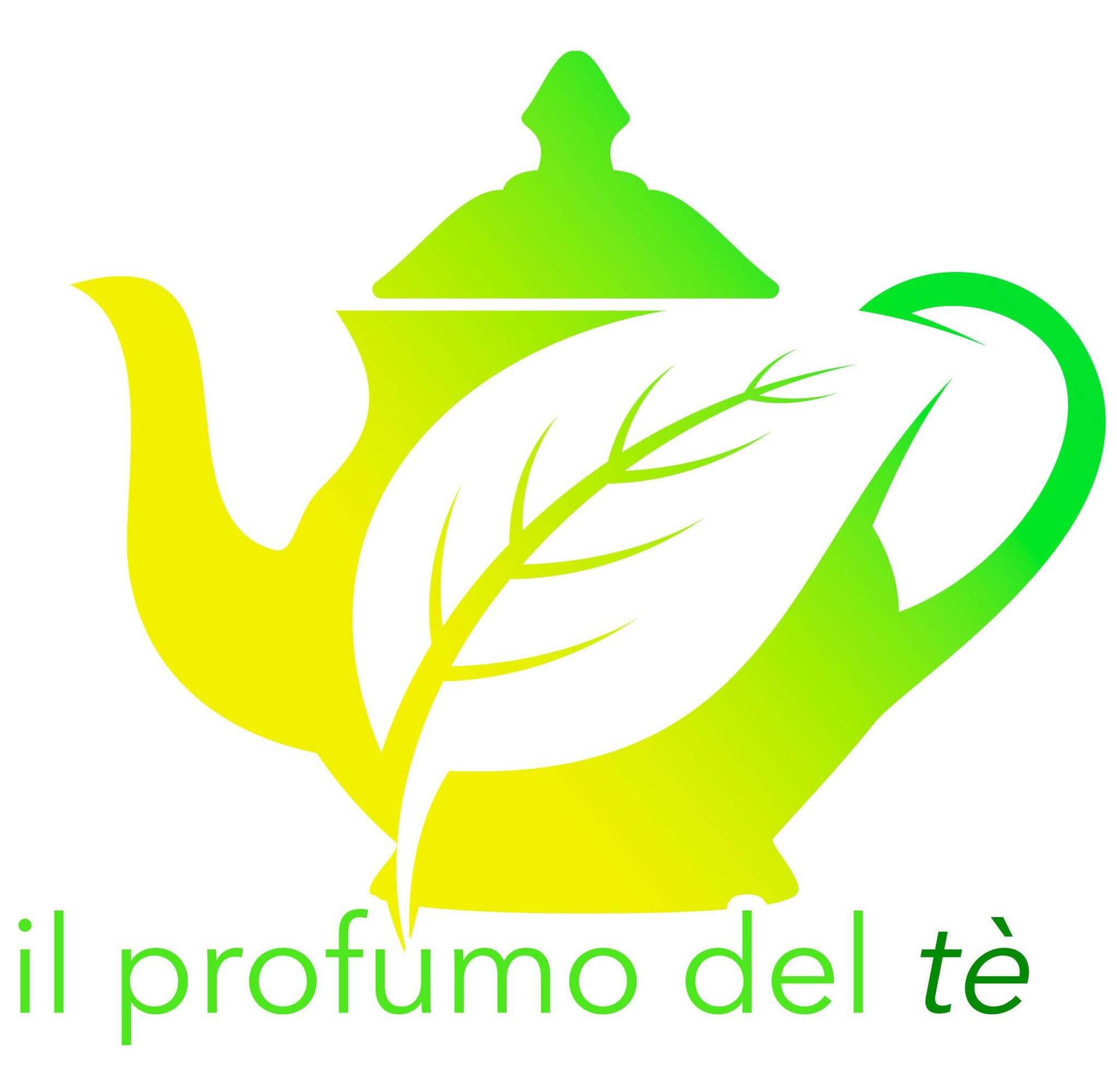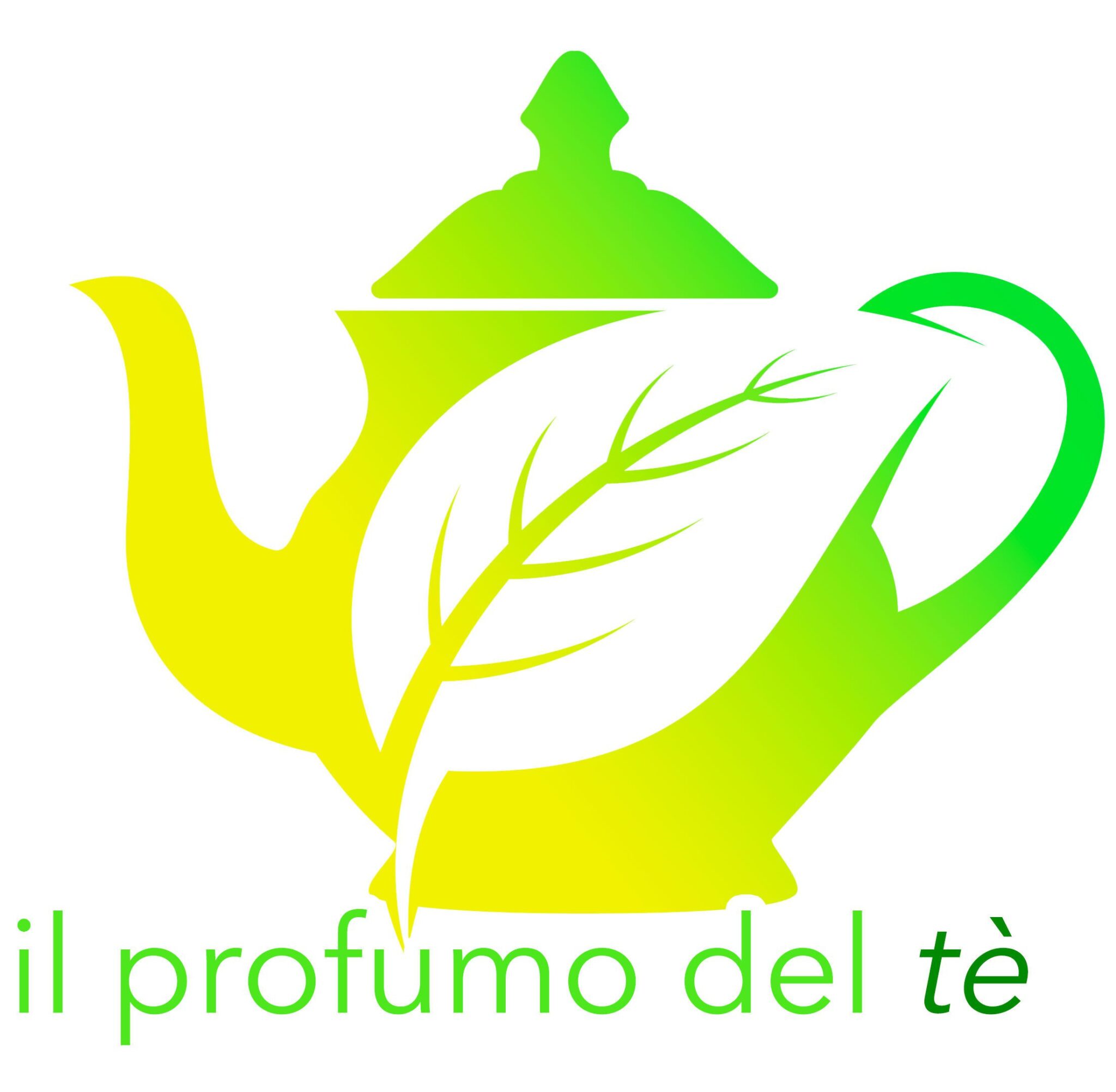I bonsai mi hanno sempre affascinato, anche se ho sempre temuto di non riuscire a donargli le cure necessarie. Ho sempre pensato di avere il pollice nero, invece col tempo ho imparato a conoscere le piante e a prendermi cura di loro, vista la mia passione per la natura, grazie anche alle amicizie giuste.
Il mio primo bonsai è stato un Ficus Ginseng, uno dei più semplici da tenere, ma che è con me da quasi tre anni ormai. Quando l’ho acquistato era una piccola pianta con questo tubero dal naso lungo e con qualche fogliolina, dopo il travaso e situato nel luogo giusto è cresciuto ed è diventato sempre più rigoglioso. Mi ricorda tanto Groot dei “Guardiani della Galassia” per me che sono una grande appassionata di cinema.
In realtà non si tratta di un vero e proprio bonsai; detto anche Microcarpa o Retusa fa parte della famiglia della Moracea ovvero della pianta di gelso e ha origine in Asia e in Australia.
I bonsai come questo necessitano di un terreno ricco di hummus e hanno bisogno di luce dato sono adatti da interno. La temperatura minima è di 20 gradi costante e generalmente non lo annaffio più di una volta a settimana.
Il significato del Ficus Ginseng è l’unione tra uomo e natura e simboleggia equilibrio, semplicità, sobrietà e dignità, ma anche naturalezza e spontaneità unita a profondità d’animo, pace e tranquillità. Questo bonsai ci insegna la libertà da ogni forma di dipendenza.
Oggi mi ha tenuto compagnia mentre degustavo proprio un Ginseng Oolong (wulong) proveniente dalla Cina. Si narra di questa tipologia di tè sin dal 741 d.C. utilizzata sin dai tempi antichi come bevanda reale. Questo tè è conosciuto anche col nome di “Orchid Beauty”, in riferimento alla concubina di un imperatore della dinastia Tang. Il suo sapore è dolce, simile al già citato Tie Guan Yin. Ha proprietà energizzanti e dietetiche.
Personalmente l’ho degustato con una teiera Yixing in terracotta trovata in un vecchio mercatino di strada, che utilizzo solo esclusivamente per queste tipologie di infusi. Le foglie sono appallottolate a forma di sassolini color verde smeraldo, che si schiudono durante l’infusione. Io seguo la regola di 3 grammi di foglie per 250 ml di acqua a 80 gradi per un periodo di 4 minuti per questa categoria di tè.
Coltivare un bonsai come il Ficus Ginseng è una forma d’arte oltre ad insegnarci molto sul nostro percorso di crescita personale. Come per qualsiasi bonsai basta un disequilibrio per ammalarsi e lo stesso vale per noi. Viviamo una vita frenetica che ci impone molte responsabilità sia nel lavoro che nella vita familiare, per questo è importante prenderci cura del nostro corpo, della nostra mente e della nostra anima.
Dal bonsai possiamo imparare a vedere le cose da più prospettive praticando l’ascolto e l’accettazione. Coglieremo così dagli altri nuove opportunità di crescita, facendoci rispettare e mantenendo i nostri valori. I bonsai sono alberi secolari infusi di dignità. Questo piccolo albero si adatta ai cambiamenti se il suo tronco e le sue radici sono sane. Per questo è bene ricordarci di dormire il necessario, fare una dieta sana ed esercizio fisico regolare, oltre a una buona idratazione. Nonostante le difficoltà che possiamo affrontare è importante non dimenticarsi di attuare abitudini sane per il nostro benessere psico-fisico e imparare anche a lasciare andare per trovare le soluzioni necessarie. Cerchiamo di essere assertivi e rilassiamoci per tornare a uno stato di calma ed equilibrio, cerchiamo di seguire il nostro ritmo. A volte basta meditare con accanto un buon tè. Cerchiamo hobby stimolanti e proseguiamo con il nostro percorso di crescita orgogliosi delle nostre qualità personali circondandoci delle amicizie più care, restando aperti a nuove conoscenze. Non facciamoci intimidire dai comportamenti o dai giudizi altrui, ma ove possibile troviamo la via per un confronto costruttivo.
Una bella lettura che parla di bonsai ma anche di spiritualità e che consiglio abbinata a una buona tazza di tè è il libro di Mark Akins edito da Giunti “Essere Bonsai – L’arte di coltivare la pazienza e la meraviglia”.
Questo blog per me rappresenta la trasmissione di ciò che ho appreso nel mio percorso, il mio essere bonsai e spero possa essere di aiuto a chi leggerà queste righe trovando spunti interessanti tra le parole e le recensioni che propongo. Non posso dire di avere in mano il segreto della felicità, non posso dire di essere una persona felice, ma sicuramente forte e resiliente, perché la vita mi ha messo di fronte ad enormi sfide.

Un ginseng oolong (wulong) in compagnia del mio bonsai Ficus Ginseng – Photo@Veru
Bonsai Ginseng & Tea

Bonsai have always fascinated me, even if I have always feared not being able to give them the necessary care. I always thought I had a black thumb, but over time I learned to know plants and take care of them, given my passion for nature, also thanks to the right friends.
My first bonsai was a Ficus Ginseng, one of the simplest to keep, but which has been with me for almost three years now. When I bought it it was a small plant with this tuber with a long nose and a few leaves, after being repotted and placed in the right place it grew and became more and more lush. He reminds me a lot of Groot from “Guardians of the Galaxy” for me as I am a huge cinema fan.
In reality it is not a real bonsai; also known as Microcarpa or Retusa, it is part of the Moracea family or the mulberry plant and originates in Asia and Australia.
Bonsai like this require soil rich in hummus and need light as they are suitable for indoors. The minimum temperature is a constant 20 degrees and I generally don’t water it more than once a week.
The meaning of Ficus Ginseng is the union between man and nature and symbolizes balance, simplicity, sobriety and dignity, but also naturalness and spontaneity combined with depth of soul, peace and tranquility. This bonsai teaches us freedom from any form of dependence.
Today he kept me company while I tasted an Oolong Ginseng (wulong) from China. This type of tea has been mentioned since 741 AD. used since ancient times as a royal drink. This tea is also known as “Orchid Beauty”, in reference to the concubine of an emperor of the Tang dynasty. Its flavor is sweet, similar to the aforementioned Tie Guan Yin. It has energizing and dietary properties.
Personally I tasted it with a terracotta Yixing teapot found in an old street market, which I only use exclusively for these types of infusions. The leaves are balled up into emerald green pebbles, which open during infusion. I follow the rule of 3 grams of leaves per 250 ml of water at 80 degrees for a period of 4 minutes for this category of tea.
Growing a bonsai like Ficus Ginseng is an art form as well as teaching us a lot about our personal growth path. As with any bonsai, an imbalance is enough to make you ill and the same goes for us. We live a hectic life that imposes many responsibilities on us both at work and in family life, which is why it is important to take care of our body, our mind and our soul.
From bonsai we can learn to see things from multiple perspectives by practicing listening and acceptance. We will thus seize new opportunities for growth from others, making ourselves respected and maintaining our values. Bonsai are centuries-old trees infused with dignity. This small tree adapts to changes if its trunk and roots are healthy. For this reason it is good to remember to get enough sleep, have a healthy diet and regular exercise, as well as good hydration. Despite the difficulties we may face, it is important not to forget to implement healthy habits for our psycho-physical well-being and also learn to let go to find the necessary solutions. Let’s try to be assertive and relax to return to a state of calm and balance, let’s try to follow our own rhythm. Sometimes you just need to meditate with a good tea next to you. We look for stimulating hobbies and continue with our growth path, proud of our personal qualities, surrounding ourselves with our closest friends, remaining open to new acquaintances. Let us not be intimidated by the behavior or judgments of others, but where possible we find the way to a constructive discussion.
A great read that talks about bonsai but also spirituality and which I recommend combined with a good cup of tea is Mark Akins’ book published by Giunti “Being Bonsai – The art of cultivating patience and wonder”.
For me, this blog represents the transmission of what I have learned in my journey, my being a bonsai and I hope it can be of help to those who read these lines by finding interesting ideas among the words and reviews that I propose. I can’t say I have the secret to happiness in my hands, I can’t say I’m a completely happy person, but certainly strong and resilient.



No responses yet